AMYLOID BETA-PROTEIN (HUMAN, 1-40) TRIFLUOROACETATE
Synonym(s):Aβ40
- CAS NO.:131438-79-4
- Empirical Formula: C194H295N53O58S
- Molecular Weight: 4329.8034
- MDL number: MFCD00130509
- Update Date: 2024-03-27 11:49:37

What is AMYLOID BETA-PROTEIN (HUMAN, 1-40) TRIFLUOROACETATE?
The Uses of AMYLOID BETA-PROTEIN (HUMAN, 1-40) TRIFLUOROACETATE
Amyloid β-protein is neurotrophic and neurotoxic in vivo and in vitro in human and rat neuronal cell cultures. β-Amyloid peptides (amino acids 1-42 and 1-43) are the major constituents of senile plaques and neurofibrillary tangles that occur in the hippoc
The Uses of AMYLOID BETA-PROTEIN (HUMAN, 1-40) TRIFLUOROACETATE
Amyloid β Protein Fragment 1-40 has been used:
- in the temperature based conformational studies using Fourier transform infrared/differential scanning calorimetry (FT-IR/DSC) studies
- as a reference standard in sandwich-type enzyme immunoassay for quantifying amyloid A4 protein in cerebrospinal fluid of patients with head trauma
- as a component of embryonic stem cell medium to inhibit amyloid deposition in fibroblasts
Definition
ChEBI: Amyloid-beta polypeptide 40 is a beta-amyloid that is a 40 amino acid polypeptide of sequence Asp Ala Glu Phe Arg His Asp Ser Gly Tyr Glu Val His His Gln Lys Leu Val Phe Phe Ala Glu Asp Val Gly Ser Asn Lys Gly Ala Ile Ile Gly Leu Met Val Gly Gly Val Val.
General Description
Amyloid β Protein Fragment 1-40 (Aβ40) is derived from the amyloid-β protein (Aβ), which is mapped to human chromosome 21q21.3. Aβ40 is predominantly present in the vascular amyloid deposits. Aβ40 comprises of C-terminal membrane insertion domain. It shows structural transition from random coil to a α-helical structure in a water-micelle medium.
Biological Activity
amyloid β-peptide (1-40) (human), (c194h295n53o58s1), a peptide with the sequence h2n-daefrhdsgyevhhqklvffaedvgsnkgaiiglmvggvvia-oh, mw= 4329.8. amyloid beta (aβ or abeta) is a peptide of 36-43 amino acids that is processed from the amyloid precursor protein. while best known as a component of amyloid plaques in association with alzheimer's disease, evidence has been found that aβ is a highly multifunctional peptide with significant non-pathological activity(1). aβ is the main component of deposits found in the brains of patients with alzheimer's disease. brain aβ is elevated in patients with sporadic alzheimer’s disease. aβ is the main constituent of brain parenchymal and vascular amyloid, it contributes to cerebrovascular lesions and is neurotoxic(2). aβ protein is generated by successive action of the β and γ secretases. the γ secretase, which produces the c-terminal end of the aβ peptide, cleaves within the transmembrane region of app and can generate a number of isoforms of 36-43 amino acid residues in length. the most common isoforms are aβ40 and aβ42; the longer form is typically produced by cleavage that occurs in the endoplasmic reticulum, while the shorter form is produced by cleavage in the trans-golgi network(3).figure1 structure of amyloid β-peptide (1-40) (human)
Biochem/physiol Actions
Amyloid β-protein is neurotrophic and neurotoxic in vivo and in vitro in human and rat neuronal cell cultures. β-Amyloid peptides (amino acids 1-42 and 1-43) are the major constituents of senile plaques and neurofibrillary tangles that occur in the hippocampus, neocortex, and amygdala of patients with Alzheimer′s disease.
storage
-20°C
References
1. Lahiri DK, Maloney B (September 2010). "Beyond the signaling effect role of amyloid–β42 on the processing of AβPP, and its clinical implications". Exp. Neurol. 225 (1): 51-4.2. Hardy J, Duff K, Hardy KG, Perez-Tur J, Hutton M (September 1998). "Genetic dissection of Alzheimer's disease and related dementias: amyloid and its relationship to tau". Nat. Neurosci. 1 (5): 355-8.3. Hartmann T, Bieger SC, Brühl B, Tienari PJ, Ida N, Allsop D, Roberts GW, Masters CL, Dotti CG, Unsicker K, Beyreuther K (September 1997). "Distinct sites of intracellular production for Alzheimer's disease A beta40/42 amyloid peptides". Nat. Med. 3 (9): 1016-20.
Properties of AMYLOID BETA-PROTEIN (HUMAN, 1-40) TRIFLUOROACETATE
| storage temp. | -20°C |
| solubility | H2O: ~6 mg/mL |
| form | powder |
| color | white |
| Water Solubility | Soluble to 1 mg/ml in water |
Safety information for AMYLOID BETA-PROTEIN (HUMAN, 1-40) TRIFLUOROACETATE
Computed Descriptors for AMYLOID BETA-PROTEIN (HUMAN, 1-40) TRIFLUOROACETATE
New Products
Tert-butyl bis(2-chloroethyl)carbamate 4-Methylphenylacetic acid N-Boc-D-alaninol N-BOC-D/L-ALANINOL 3-Morpholino-1-(4-nitrophenyl)-5,6-dihydropyridin- 2(1H)-one Furan-2,5-Dicarboxylic Acid Tropic acid DIETHYL AMINOMALONATE HYDROCHLORIDE 1,1’-CARBONYLDIIMIDAZOLE R-2-BENZYLOXY PROPIONIC ACID 1,1’-CARBONYLDI (1,2-4 TRIAZOLE) N-METHYL INDAZOLE-3-CARBOXYLIC ACID (2-Hydroxyphenyl)acetonitrile 4-Bromopyrazole 5-BROMO-2CYANO PYRIDINE 5,6-Dimethoxyindanone 5-broMo-2-chloro-N-cyclopentylpyriMidin-4-aMine 2-(Cyanocyclohexyl)acetic acid 4-methoxy-3,5-dinitropyridine 2-aminopropyl benzoate hydrochloride 1-(4-(aminomethyl)benzyl)urea hydrochloride diethyl 2-(2-((tertbutoxycarbonyl)amino) ethyl)malonate tert-butyl 4- (ureidomethyl)benzylcarbamate Ethyl-2-chloro((4-methoxyphenyl)hydrazono)acetateRelated products of tetrahydrofuran
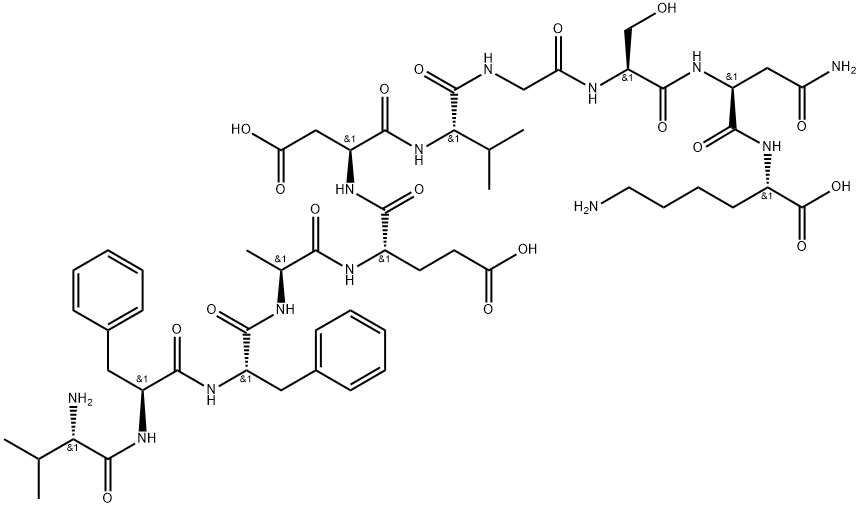
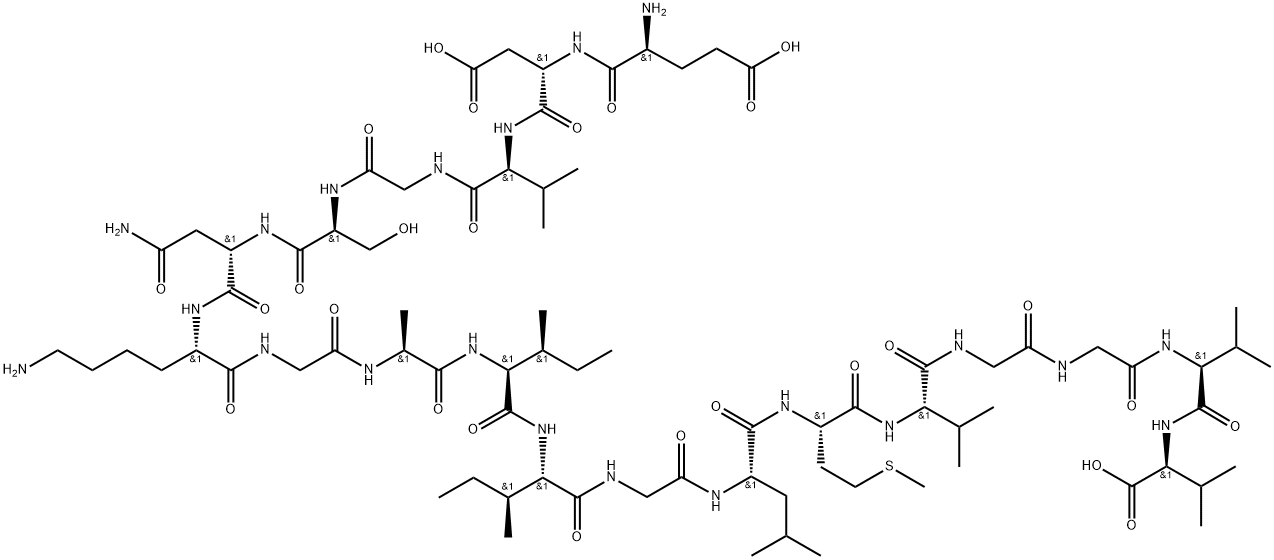

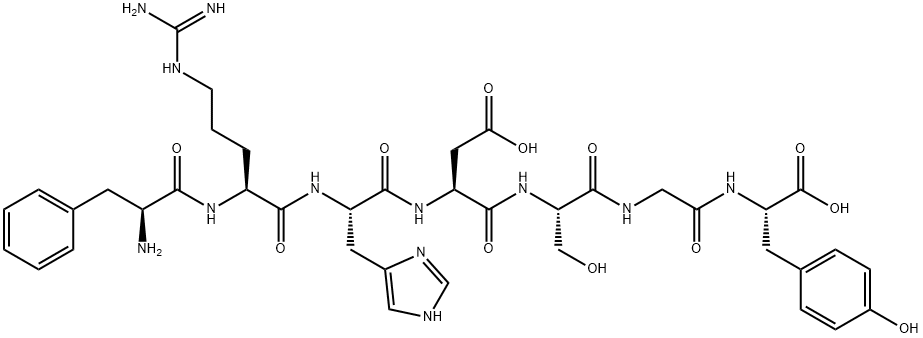

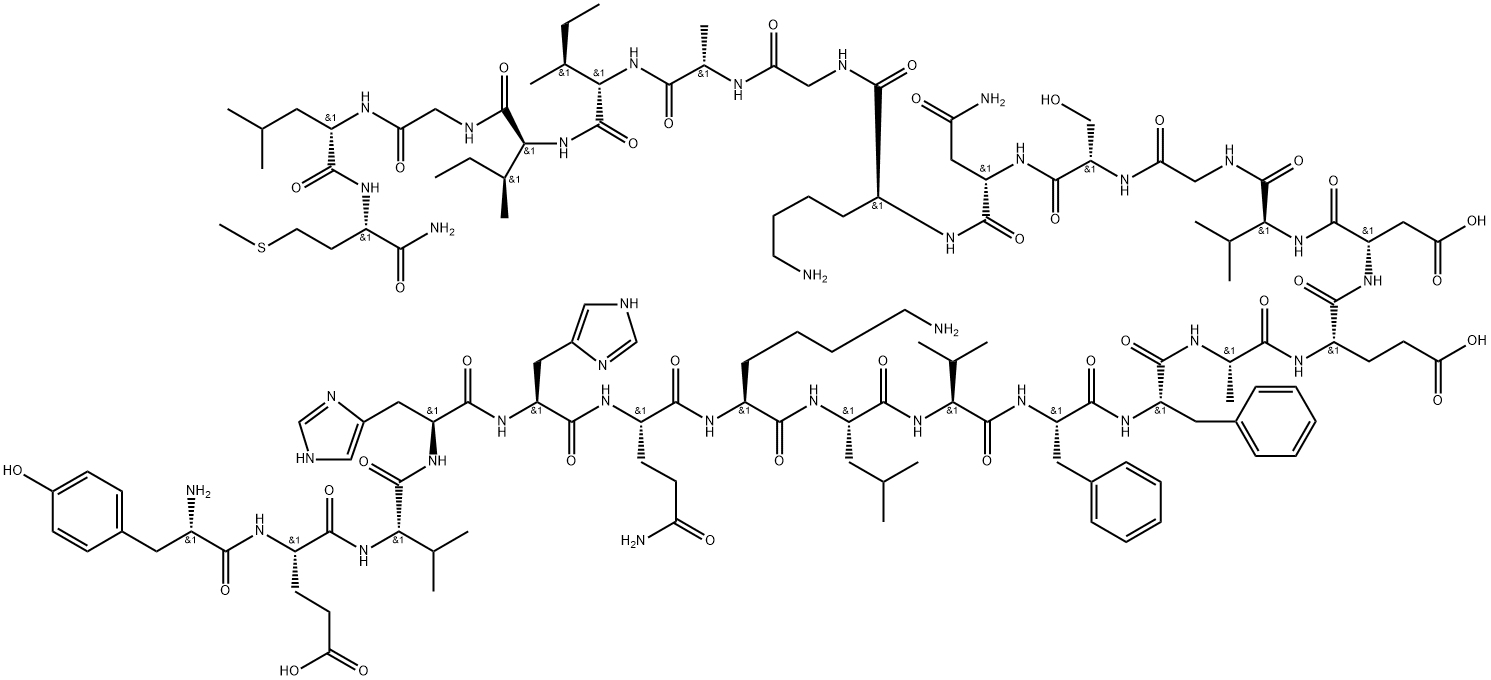

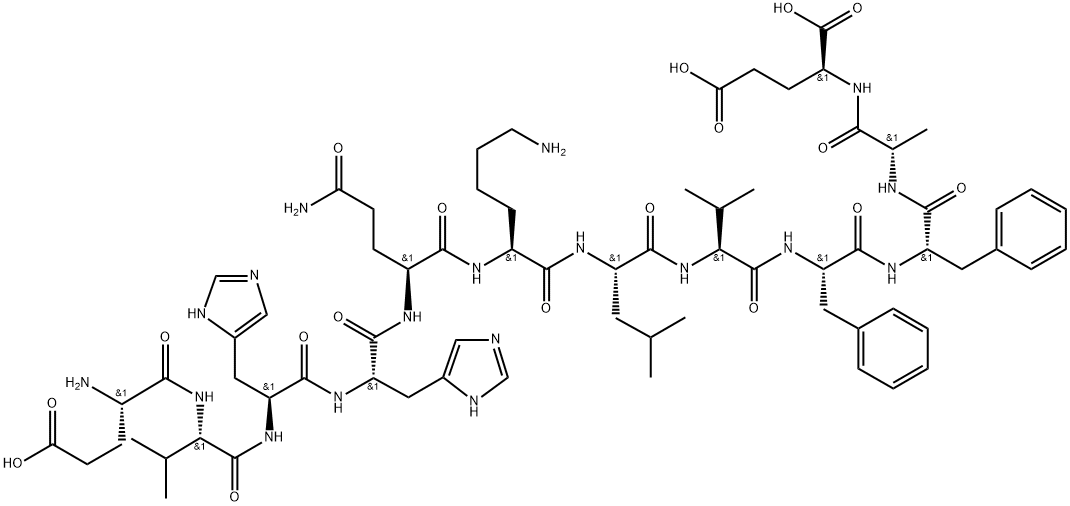
You may like
-
 Amyloid β Protein Fragment 1-40 CAS 131438-79-4View Details
Amyloid β Protein Fragment 1-40 CAS 131438-79-4View Details
131438-79-4 -
 1975-50-4 98%View Details
1975-50-4 98%View Details
1975-50-4 -
 2-HYDROXY BENZYL ALCOHOL 98%View Details
2-HYDROXY BENZYL ALCOHOL 98%View Details
90-01-7 -
 2-Chloro-1,3-Bis(Dimethylamino)Trimethinium Hexafluorophosphate 221615-75-4 98%View Details
2-Chloro-1,3-Bis(Dimethylamino)Trimethinium Hexafluorophosphate 221615-75-4 98%View Details
221615-75-4 -
 61397-56-6 CIS BROMO BENZOATE 98%View Details
61397-56-6 CIS BROMO BENZOATE 98%View Details
61397-56-6 -
 14714-50-2 (2-Hydroxyphenyl)acetonitrile 98+View Details
14714-50-2 (2-Hydroxyphenyl)acetonitrile 98+View Details
14714-50-2 -
 118753-70-1 98+View Details
118753-70-1 98+View Details
118753-70-1 -
 733039-20-8 5-broMo-2-chloro-N-cyclopentylpyriMidin-4-aMine 98+View Details
733039-20-8 5-broMo-2-chloro-N-cyclopentylpyriMidin-4-aMine 98+View Details
733039-20-8